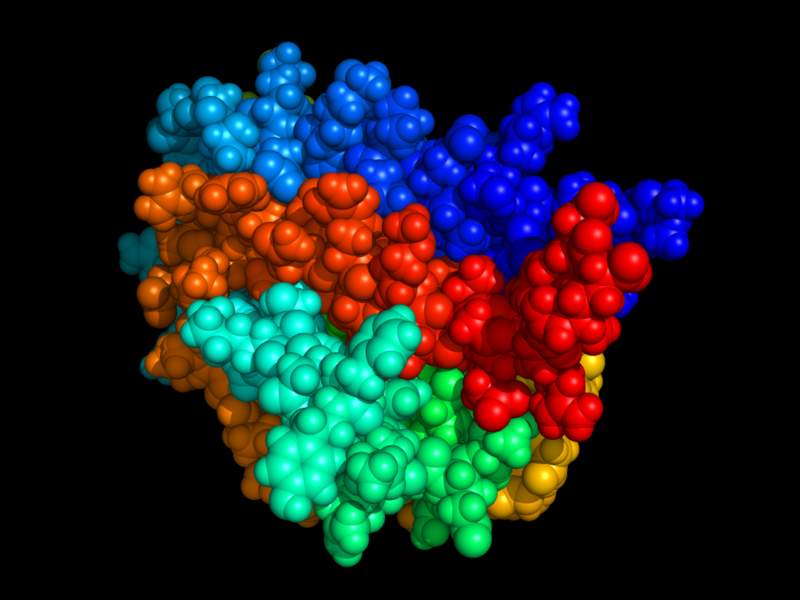 Apparently, when you receive a blood transfusion or perhaps an IV, plastic particles or "plasticisers" from the plastic IV bag enter you circulatory systems and cruise around like like a slippery convertible on a Los Angeles freeway.
Apparently, when you receive a blood transfusion or perhaps an IV, plastic particles or "plasticisers" from the plastic IV bag enter you circulatory systems and cruise around like like a slippery convertible on a Los Angeles freeway.I think this is an unscientific witch hunt and here is why: If I would have been tested by FINA or WADA three-weeks ago, I would have tested positive for "plasticisers" since three weeks ago I had the "pleasure" of getting an IV. Subsequently, how do I know that the "plasticisers" are still not there? How long do "plasticisers" last? What studies have been done? Have these studies been peered reviewed? Are all bodies the same when it come to metabolizing "plasticisers?"
FINA's logic here is that if you have "plasticsers" floating around randomly, then you are an EPO doper! Now how is that for a stretch?
Here is the story from The Independent:
FINA said it would examine samples to check for the presence of "plasticisers" – particles of plastic left over from blood bags.
[Link]
Above is a 3d EPOgen molecule from Wikipedia: Erythropoietin Created with data set "1buy" from Protein Data Bank and the free program PyMOL.

2 comments:
We probably all have plastic in our bodies, as it's so ubiquitous.
Now, microscopic chips of styrofoam, that would be a real performance enhancing blood addition, creating excessive flotation and giving an unfair advantage. :-D
We DEFINITELY all have plenty of plastic floating around in our bodies, because it's in everything we eat. I wonder if they're looking for a particular type of plastic... ? All studies I've read say plastic can't be metabolized or broken down naturally, and has a half-life of around 500 years.
Post a Comment